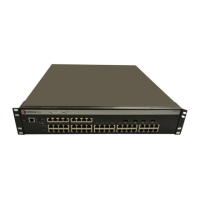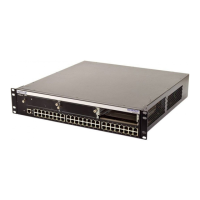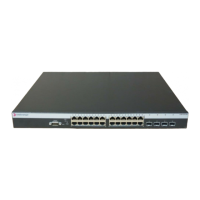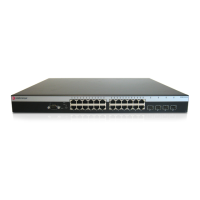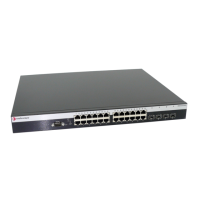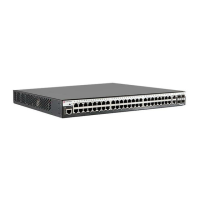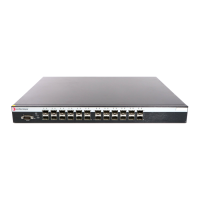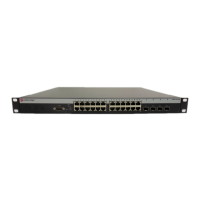Configuring the Switch
3-40
3
CLI – This example sets an SNMPv3 engine ID.
Configuring SNMPv3 Users
Each SNMPv3 user is defined by a unique name. Users must be configured with a
specific security level and assigned to a group. The SNMPv3 group restricts users to
a specific read and a write view.
Command Attributes
• User Name – The name of user connecting to the SNMP agent. (Range: 1-32
characters)
• Group Name – The name of the SNMP group to which the user is assigned.
(Range: 1-32 characters)
• Model – The user security model; SNMP v1, v2c or v3.
• Level – The security level used for the user:
- noAuthNoPriv – There is no authentication or encryption used in SNMP
communications.
- AuthNoPriv – SNMP communications use authentication, but the data is not
encrypted (only available for the SNMPv3 security model).
- AuthPriv – SNMP communications use both authentication and encryption (only
available for the SNMPv3 security model).
• Authentication – The method used for user authentication; MD5 or SHA
• Privacy – The encryption algorithm use for data privacy; only 56-bit DES is
currently available
• Actions – Enables the user to be assigned to another SNMPv3 group.
Console(config)#snmp-server engine-id local 12345abcdef 4-143
Console(config)#exit
Console#show snmp engine-id 4-144
Local SNMP engineID: 12345abcdef000000000000000
Local SNMP engineBoots: 1
Console#
